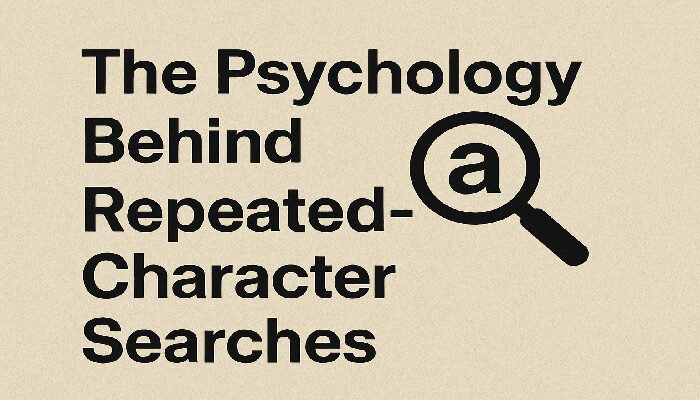It takes money to make money, as the old saying goes, and no business is exempt from the need for certain types of expenses. Entrepreneurs on tight budgets might be frustrated by the prospect of spending even a dime, so knowing what types of expenses are essential for business success might be helpful in creating a spending strategy that makes sense.
Types of Business Expenses
An expense is broadly defined as any money flowing out of the business, which will be deducted from a company’s revenue to produce the organization’s net income. There are four types of business expenses that business leaders need to monitor:
Operating Costs
Operating costs are expenses that are absolutely required for the maintenance and administration of a business. Some examples of operating costs include:
- Cost of goods sold
- Salaries, wages and benefits
- Rent and insurance
- Marketing, advertising and promotion
Operating costs are ongoing and will need to be paid on a consistent basis to continue operations. While operating costs can be reduced in various ways — for example: letting staff go, running the organization out of the owner’s house, cutting the quality of materials or products — they cannot be eliminated entirely.
Non-operating Costs
A non-operating cost is not directly related to business operations, but they are nonetheless important expenses that must be paid. Some examples of non-operating costs include:
- Corporate taxes
- Loan interest
- Lawsuit settlement payments
- Inventory write-offs
It is important to separate non-operating costs from operating costs because they do not necessarily reflect the performance of the business. A business may be exceedingly profitable, but a one-time lawsuit settlement might cause net income to appear lower than it did the previous quarter. Spend management tools are more functional when these one-time expenses are noted as distinct from typical operating costs.
Fixed Costs
As the name suggests, fixed costs are fixed, meaning they remain the same amount regardless of business performance, time or other factors. Businesses tend to pay fixed expenses on a regular basis, be it weekly, monthly or annually. Because of their consistency, fixed costs are the easiest expenses for business leaders to budget for, but they can be among the most difficult to change. For example, it is possible to reduce an organization’s rent, but doing so means relocating to a smaller or lower-quality location.
Variable Costs
Businesses tend to incur a larger number of variable costs, which will change in amount depending on various factors like business performance, market activity, consumer demand and more. There are many examples of variable costs, such as worker commissions, transaction fees and payments for services like marketing and advertising. Budgeting for variable costs can be difficult, which is why business leaders need to find a reliable spend management platform to help them identify their expenses and reduce inefficiencies where possible.

Common Spending Categories
Grouping expenses into operating and non-operating costs is essential for understanding business performance, but it is not necessarily the most effective method of categorization for understanding where outflowing cash is going. For various reporting purposes, it is useful to separate spending into smaller categories, which can be more illustrative of their purpose and thus helpful in providing business leaders with more financial visibility.
Some of the most popular spending categories used by businesses include:
Employee wages and benefits. Businesses can deduct payments associated with wages, salary, commission bonuses and other types of compensation in addition to benefit programs such as health insurance, life insurance, childcare assistance, gym memberships and more.
Rent and taxes on business property. Businesses can deduct lease payments for office space, equipment, inventory and supplies warehouses and vehicles as long as they do not have equity in the property. Additionally, businesses that pay taxes on leased property used for business purposes can deduct those expenses.
Debt interest. Businesses can deduct interest payments on all business debt, to include loans, lines of credit and other liabilities.
Advertising and marketing costs. Businesses can deduct any expenses related to business promotion. Digital and traditional advertising and marketing are included in this category.
Business insurance. Businesses can deduct insurance premiums on policies to protect the business against any kind of loss or theft. Most organizations maintain some type of insurance against risks such as bad business debt, natural disasters, malpractice and more.
By no means are these the only spend categories that businesses create to manage their expenses, but they are some of the most common because they include expenses that are easily deducted from corporate taxes. Business leaders — new and old — should take a closer look at their outgoing cash and organize it appropriately to keep their spending manageable.







